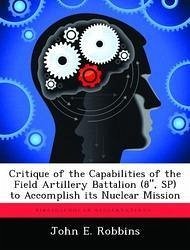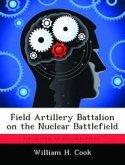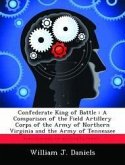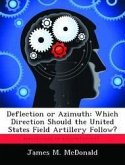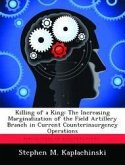This research examines the capabilities of the field artillery battalion (8", SP) to accomplish its nuclear mission. A typical European scenario is used as a vehicle for analysis of the present battalion organization and two alternate battalion organizations. This scenario envisions a massive attack by an aggressor force in an area defended by a U. S. division. Twenty-six hours after the attack begins, nuclear release is received for the division sub-package with a sixty minute pulse beginning four hours later. The three battalion organizations are analyzed for their ability to survey, compute the firing data, communicate, transport, assemble and fire the nuclear weapons. Only one of the battalion organizations is found to be adequate; however, it does not make the most efficient use of men and materiel. Neither of the other two battalion organizations can perform the complete nuclear mission. Utilizing a combination of the present organization and the organization which can accomplish its nuclear mission, an optimal organization is proposed. This organization retains the sub-elements in the present organization that can adequately perform their tasks related to the nuclear mission and modifies the sub-elements that are found to be inadequate. The resulting battalion organization has one less individual, the same number of vehicles, and a few additional items of equipment. This work has been selected by scholars as being culturally important, and is part of the knowledge base of civilization as we know it. This work was reproduced from the original artifact, and remains as true to the original work as possible. Therefore, you will see the original copyright references, library stamps (as most of these works have been housed in our most important libraries around the world), and other notations in the work. This work is in the public domain in the United States of America, and possibly other nations. Within the United States, you may freely copy and distribute this work, as no entity (individual or corporate) has a copyright on the body of the work. As a reproduction of a historical artifact, this work may contain missing or blurred pages, poor pictures, errant marks, etc. Scholars believe, and we concur, that this work is important enough to be preserved, reproduced, and made generally available to the public. We appreciate your support of the preservation process, and thank you for being an important part of keeping this knowledge alive and relevant.
Bitte wählen Sie Ihr Anliegen aus.
Rechnungen
Retourenschein anfordern
Bestellstatus
Storno

